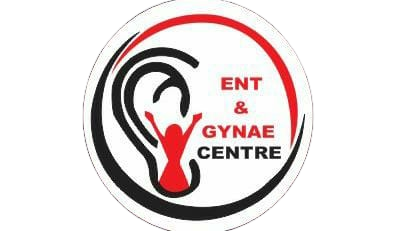Hearing aids are electronic devices designed to amplify sound and improve hearing for individuals with hearing loss. They work by picking up sound from the environment, processing it, and then amplifying it for the user. Here’s a detailed overview of hearing aids, including types, how they work, and considerations for choosing one:
Types of Hearing Aids:
Behind-the-Ear (BTE)
- Description: These are worn behind the ear with a tube connecting to a custom ear mold or a soft dome that fits into the ear canal.
- Advantages: Suitable for a wide range of hearing losses, easy to handle, and often has more power and longer battery life.
- Disadvantages: More visible than other types.
Receiver-in-Canal (RIC) / Receiver-in-the-Ear (RITE)
- Description: Similar to BTEs but with the speaker or receiver placed in the ear canal, making the hearing aid less visible.
- Advantages: Discreet design with good sound quality and comfort.
- Disadvantages: Slightly more complex to handle and may require more frequent maintenance.
In-the-Ear (ITE)
- Description: Fits entirely in the outer ear. Custom-made to fit the shape of the ear.
- Advantages: Less visible than BTEs and RICs, easier to handle, and can accommodate more features.
- Disadvantages: Might be less suitable for severe hearing loss and may require more frequent cleaning.
In-the-Canal (ITC)
- Description: Fits partially in the ear canal and is less visible than ITEs.
- Advantages: More discreet than ITEs while still offering good sound amplification.
- Disadvantages: Limited power and features compared to larger models.
Completely-in-Canal (CIC)
- Description: Fits completely inside the ear canal, making it very discreet.
- Advantages: Very hidden and can provide natural sound quality.
- Disadvantages: Limited power and features, may be difficult to handle and prone to earwax buildup.
How Hearing Aids Work:
- Microphone: Captures sound from the environment.
- Amplifier: Processes the sound and amplifies it based on the user’s hearing needs.
- Receiver (Speaker): Delivers the amplified sound into the ear.
- Battery: Provides power to the hearing aid (can be disposable or rechargeable).
Features to Consider:
- Adjustable Settings: Ability to adjust volume and different sound environments.
- Connectivity: Features like Bluetooth for streaming audio from phones or other devices.
- Noise Reduction: Helps in reducing background noise and focusing on specific sounds.
- Directional Microphones: Enhances the ability to hear sounds from specific directions, useful in noisy environments.
- Feedback Cancellation: Reduces the likelihood of annoying whistling sounds.
- Rechargeability: Rechargeable batteries can be more convenient and environmentally friendly.
Choosing a Hearing Aid:
- Hearing Evaluation: An audiologist will conduct a hearing test to determine the extent of hearing loss and recommend the appropriate type of hearing aid.
- Lifestyle Needs: Consider your daily activities and environments. For example, if you’re often in noisy places, you might benefit from advanced noise reduction features.
- Comfort and Fit: Ensure the hearing aid fits well and is comfortable for prolonged use.
- Budget: Hearing aids come in a range of prices. It’s important to consider your budget and any potential insurance coverage or financing options.
Maintenance and Care:
- Cleaning: Regular cleaning is necessary to remove earwax and moisture.
- Battery Replacement: If using disposable batteries, keep track of when they need to be replaced.
- Professional Check-ups: Regular visits to an audiologist for maintenance and adjustments.
When to Seek Help:
- If you experience sudden changes in hearing, discomfort, or problems with the hearing aid itself.
- For ongoing adjustments to ensure the hearing aid continues to meet your needs as hearing changes over time.
